“A dog is the only thing on earth that loves you more than he loves himself.” That quote from Josh Billings is often repeated, but when that love is paired with vigilance, it becomes something even more powerful: protection.
Some dogs don’t just want to be near you—they want to keep you safe. They don’t panic or bark at shadows. They assess, observe, and respond when needed. That kind of dog doesn’t need to be asked twice. They’re already listening.
They notice patterns. They recognize people. They know when something’s off—even before you do. That quiet loyalty, mixed with sharp attention, makes certain breeds perfect for those who want a companion and a lookout in one.
In this guide, you’ll meet dog breeds that watch carefully, think quickly, and stay calm while staying ready.
Vigilant Dog Breeds
1. Bullmastiff
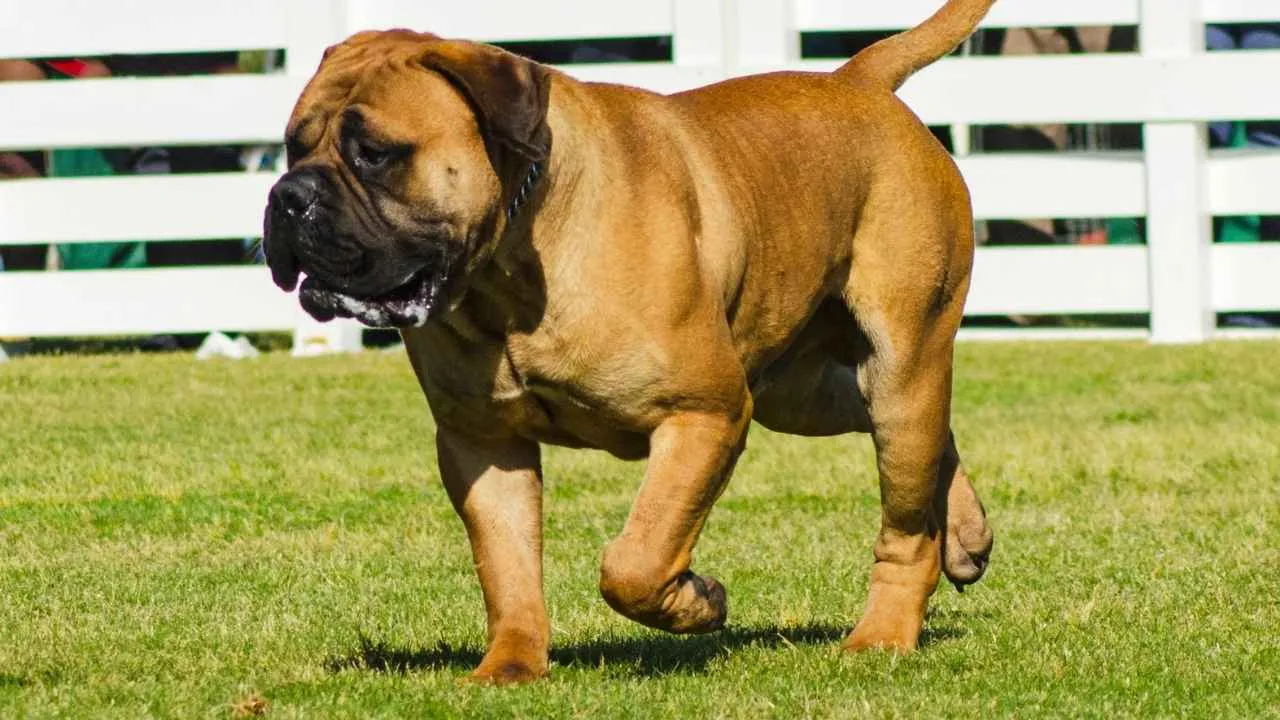
Originally bred to assist English gamekeepers, the Bullmastiff would silently track intruders without barking. Its massive frame and stealthy movements made it ideal for nighttime guarding. That instinct for quiet control still defines its vigilance today.
Calm Yet Watchful
The Bullmastiff doesn’t react to every sound, showing alertness without unnecessary aggression. Its natural calm makes it dependable in high-stakes moments, not just noise. This measured watchfulness is rooted in the breed’s development.
Naturally Protective
Known as a protective dog breed, it instinctively guards but responds best to proper training and structure. Its loyalty strengthens when it feels a sense of belonging to a family or space. That devotion is what powers its focused alertness.
Deterrent by Presence
Among traditional guard dog breeds, the Bullmastiff stands out for its silent strength and patience. It rarely needs to act — its presence alone often deters threats. In 19th-century England, it also earned the name “Gamekeeper’s Night Dog”, as stated in The Northern Bullmastiff Club.
2. Rottweiler
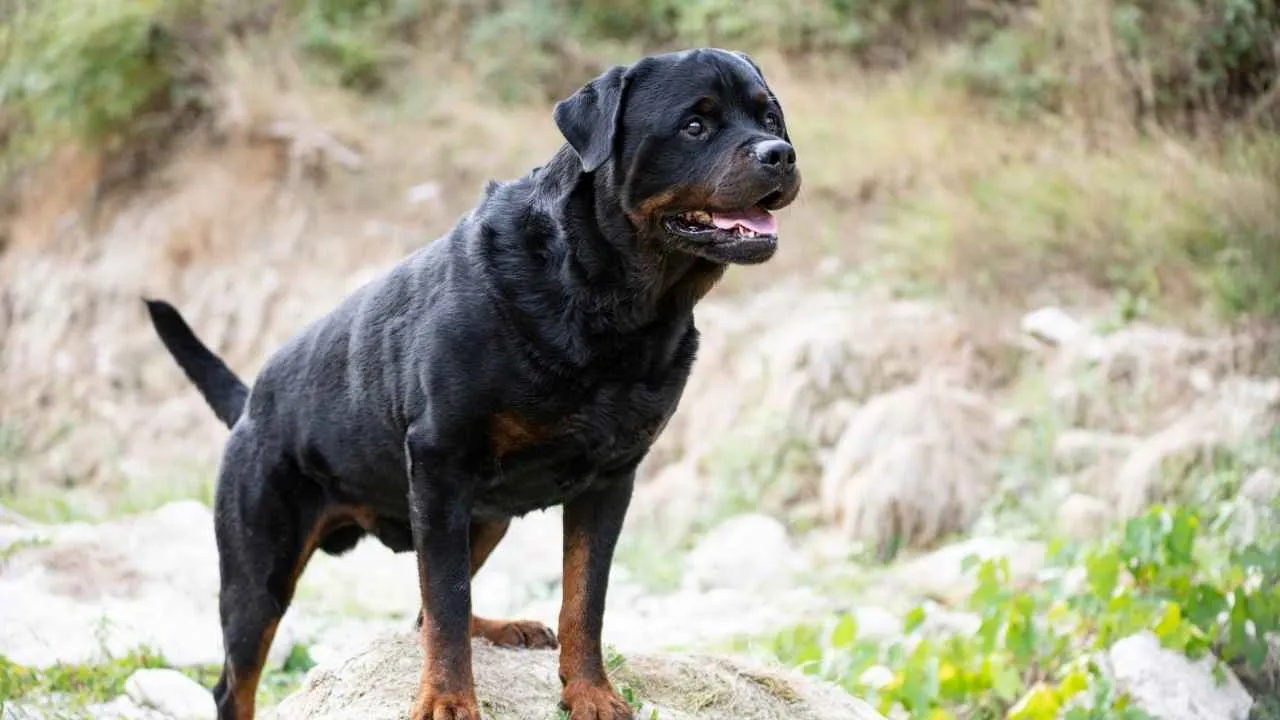
Dating back to Roman times, the Rottweiler worked alongside legions, guarding livestock and camps during long marches. Centuries later, in Germany, it was prized for its dependability in driving cattle and guarding merchant earnings. Its modern steadiness comes from this working legacy.
Balanced Temperament
The Rottweiler watches its environment with quiet assurance, stepping in only when something genuinely feels wrong. It shows deliberate behavior, rarely reacting to mild stimulation or routine noises. This balance makes it a dependable presence in both homes and working roles.
Commanding Build
Its frame is compact yet powerful, with broad shoulders and a low center of gravity built for strength. As one of the most recognizable muscular dogs, it moves with a confident stride that signals control. The posture alone is often enough to hold attention.
Driven to Guard
Among the world’s best guard dog breeds, the Rottweiler remains a top choice for experienced handlers. Its natural role as a protection dog is sharpened with structured routines and task-based engagement. Loyalty deepens when it’s given both responsibility and direction.
3. German Shepherd
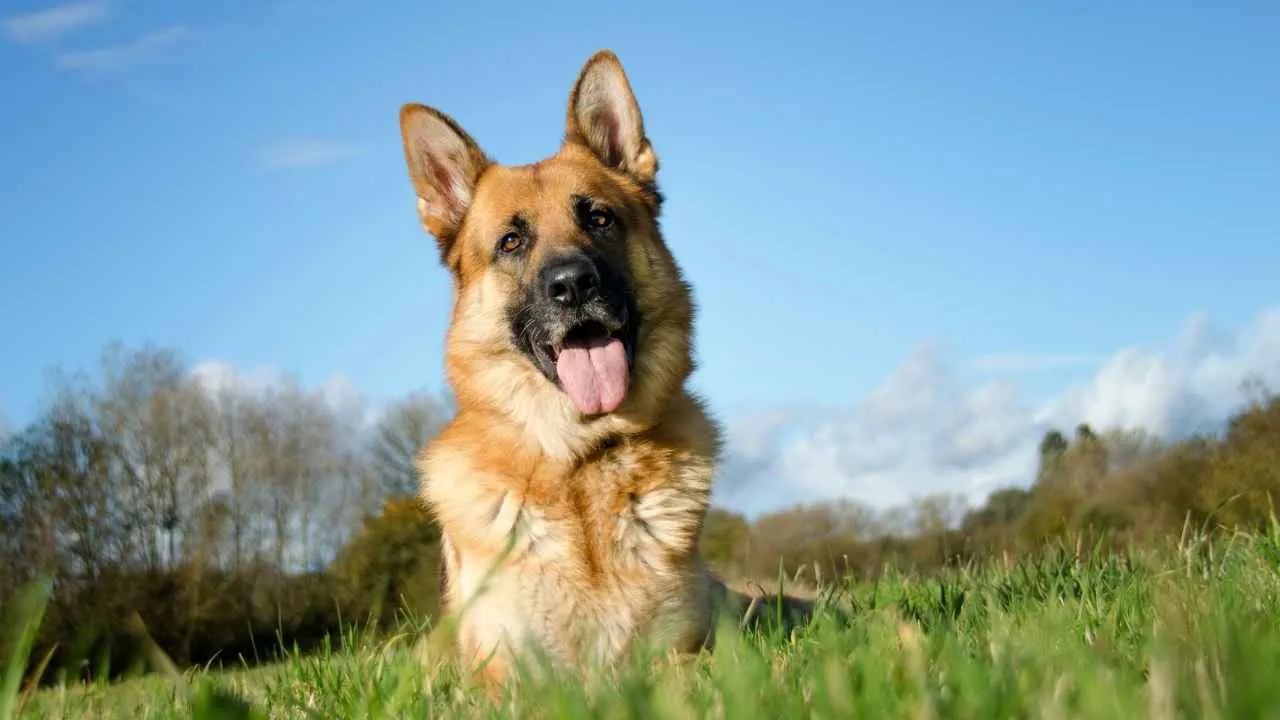
Did You Know: The German Shepherd ranked third in Stanley Coren’s book The Intelligence of Dogs, highlighting their problem-solving ability and quick command response.
The German Shepherd’s origin as a herding and service dog shaped its exceptional discipline and decision-making. Developed in late 19th-century Germany, its bloodlines were refined for clarity in movement and quick learning. That selective breeding is why it responds efficiently to structured routines.
Watchful and Predictive
This breed constantly surveys its environment with active focus, tracking patterns, and noticing subtle changes. Its vigilance isn’t reactive — it evaluates first, then responds when necessary. That clarity in observation is one reason it’s trusted in police and search work globally.
Balance in the Home
Despite its working drive, the German Shepherd adjusts well to family life when provided with regular physical and mental stimulation. Its protective nature is evident in how it positions itself near entrances or people it senses need watching. It bonds deeply through shared tasks and direction.
Instincts and Compatibility
With proper introductions, this breed can coexist peacefully with other animals, but its instincts are sharp and situational. What strengthens its behavior is familiarity and handler consistency. Trust builds when expectations and environment are clear from the beginning.
4. Boxer
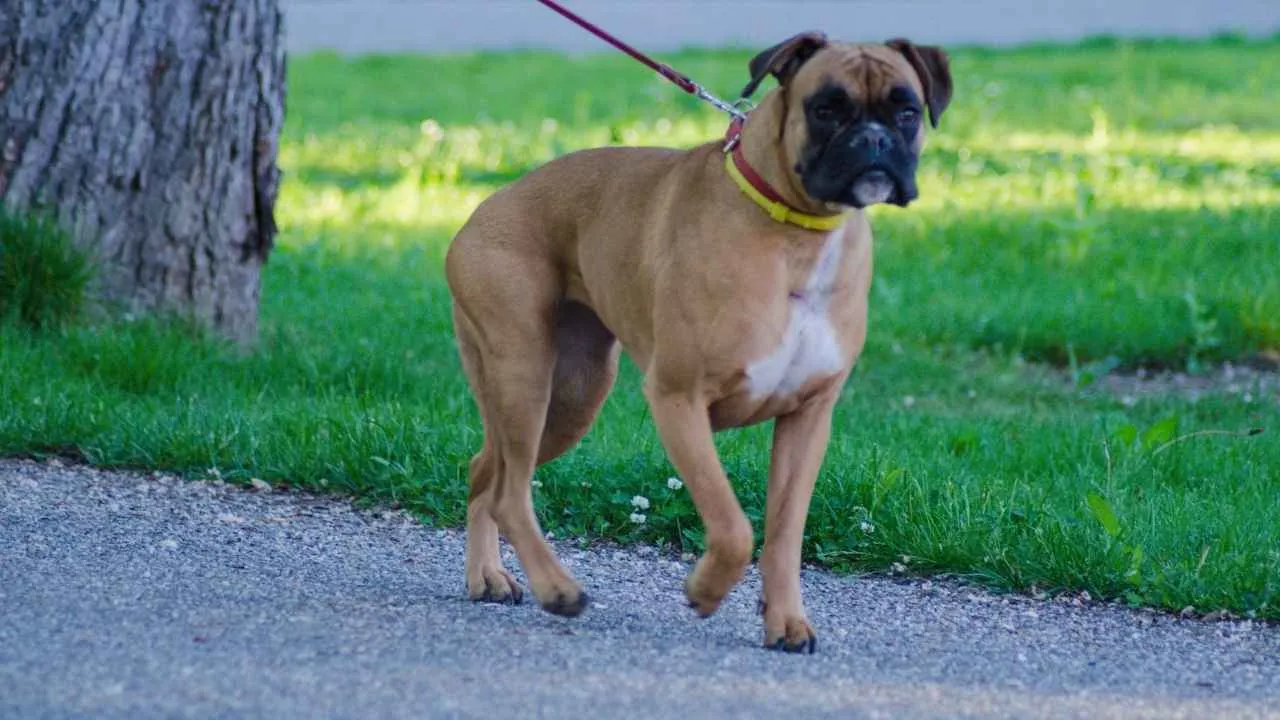
Boxers have a signature alert expression that never really fades — their ears perk, eyes scan, and body stays spring-loaded for sudden movement. They remain tuned into shifts in energy or unfamiliar sounds around their space. This real-time reactivity helps them catch disturbances early.
Confidence in the Chaos
Originally developed for boar hunting and later as military messengers, Boxers handle pressure without panicking. They’re able to stay centered even in loud, active environments. That dependable steadiness allows their protective nature to show through without overreacting.
Protective Instinct With Boundaries
When raised with other animals, Boxers show loyalty across species, but only when clear boundaries and early exposure are in place. They form deep bonds with their household and prefer structure, as stated in Royal Canin. Without it, their alert instincts may lean into stubborn behavior.
Driven Minds in Strong Bodies
Boxers are built for movement, and they also require consistent physical and mental stimulation to avoid restlessness. Their sharp senses and stamina make them natural watchers, but they thrive most when they’re active participants in a routine. This keeps their guarding instincts sharp.
5. Cane Corso
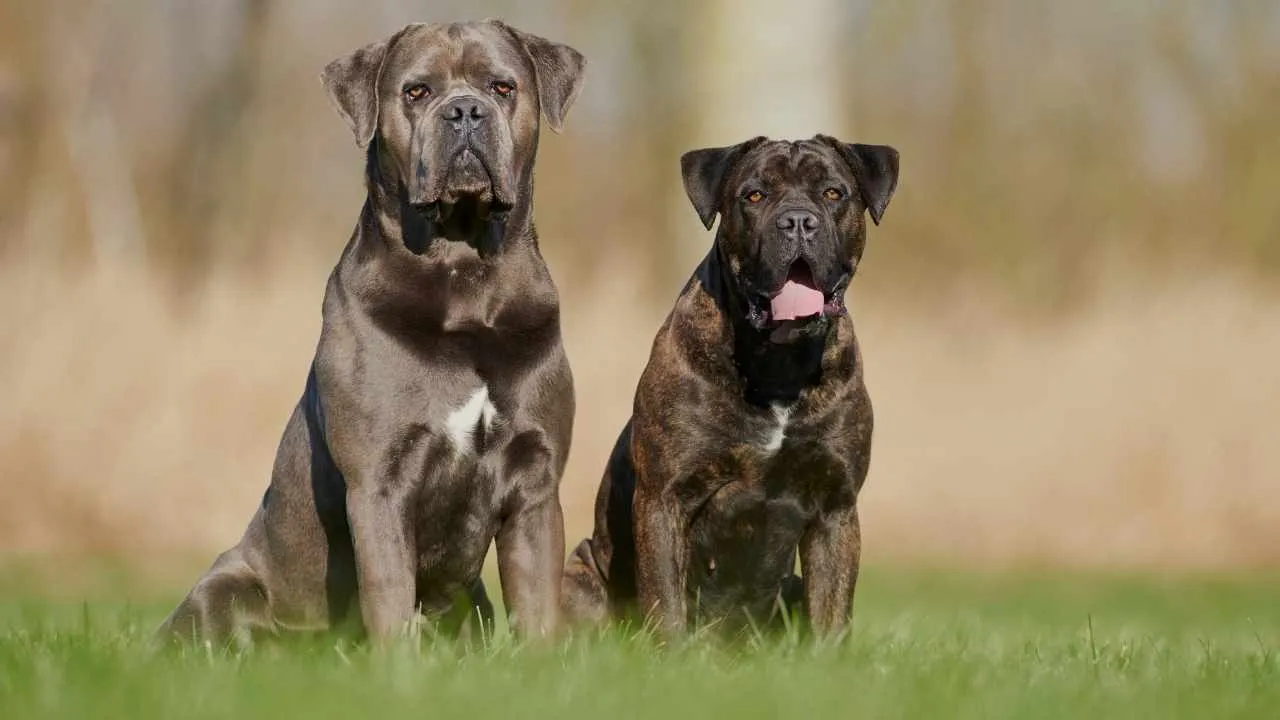
The Cane Corso carries itself with a kind of silent pressure — it doesn’t bark often, but its body language leaves no room for misreading. Its broad head, upright posture, and sharp gaze communicate that it’s always assessing the environment.
Protectiveness With Control
Naturally extremely protective, this breed isn’t reckless in how it responds. It scans first, reacts next, and backs its family with unwavering seriousness. Its strong territorial nature can be channeled responsibly through early leadership and boundaries.
Early Groundwork Matters
Because of its confidence, the Cane Corso benefits greatly from proper socialization during puppyhood, as per PDSA. Exposure to different environments and people helps sharpen its already high situational awareness. That early structure prevents over-guarding and shapes a more balanced adult temperament.
Discerning Toward Other Animals
While intelligent and trainable, its tolerance toward other dogs depends heavily on its upbringing and consistency. It’s not a dog-park breed — it needs clear rules and managed introductions. Strong pack instincts can coexist with other animals when leadership is clearly established.
6. Staffordshire Bull Terrier
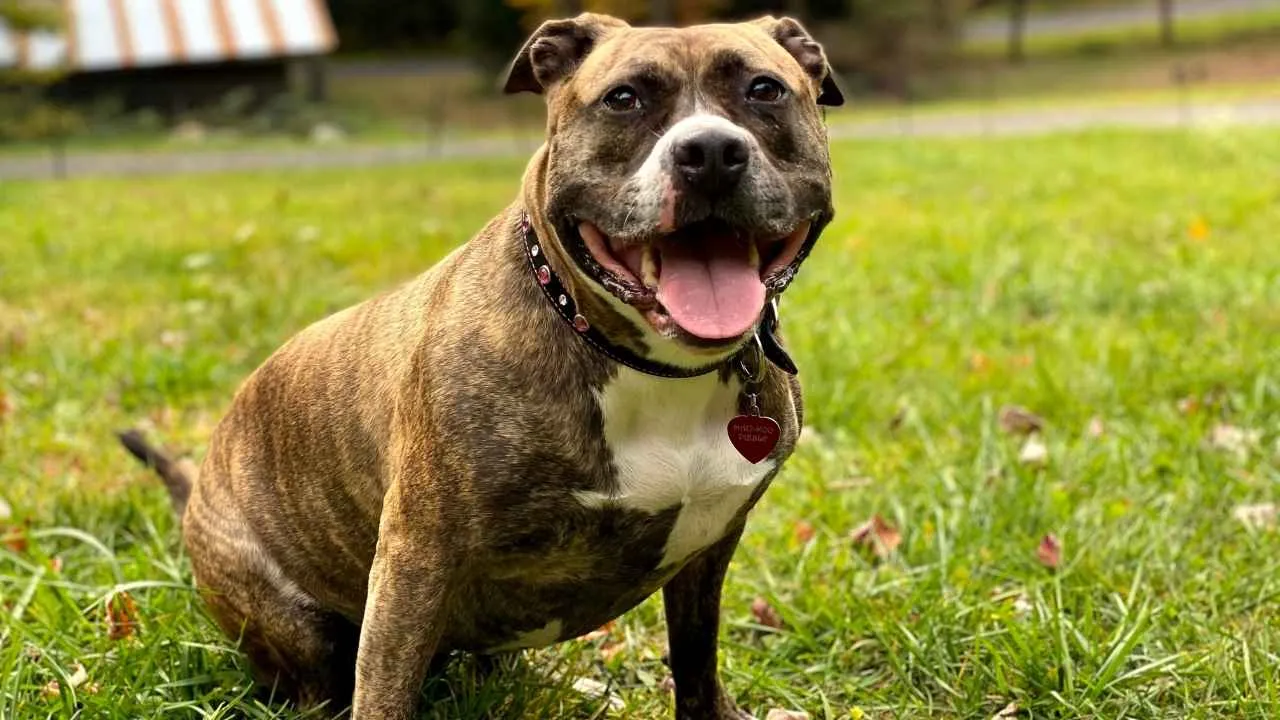
Originally developed in 19th-century England for bull-baiting and later dog fighting, the Staffordshire Bull Terrier carries a strong, courageous lineage. After blood sports were banned, breeders focused on preserving loyalty and stability. Their physical toughness remains, but their role has evolved into trusted companionship.
High Awareness with Purpose
Their awareness isn’t about hyperactivity — it’s calculated and situational. Staffies are known for their laser-sharp focus when they detect subtle shifts in tone or movement. This natural instinct makes them quick to assess, especially in unfamiliar spaces.
Trainable and Mentally Sharp
They’re considered among the smartest breeds in terms of understanding routines and forming deep bonds with their handlers. Consistency and structured exposure from a young age help them flourish. Their memory and quick response to vocal cues stand out in everyday handling.
Muscular Build with Lasting Energy
Compact but powerful, this energetic breed has stamina that can surprise first-time owners. Regular activity helps balance their physical drive and mental alertness. Their physical strength is matched by resilience, especially when given purpose and engagement.
7. Belgian Malinois
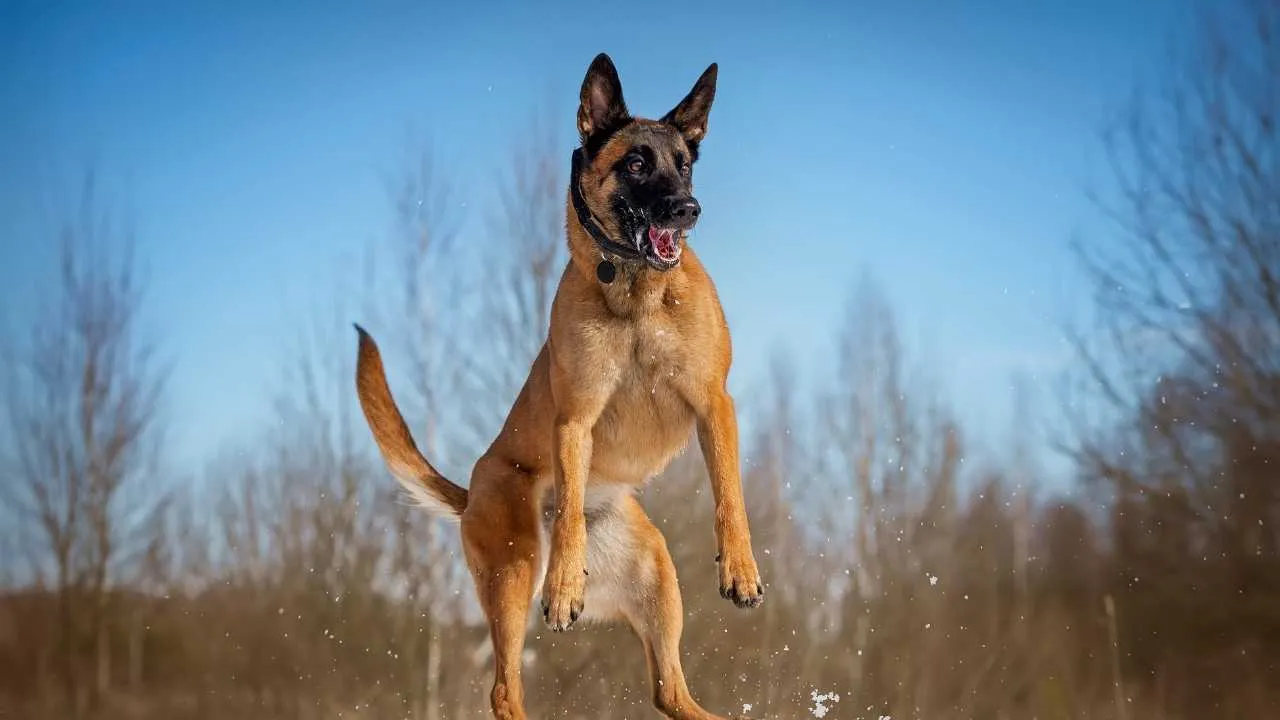
The Belgian Malinois is known for its fast decision-making under pressure, reacting to movement in split seconds. This reflexive sharpness has made it a top choice in military and detection work. Its awareness level allows it to scan, assess, and act without delay.
Protective Drive Runs Deep
It displays strong protective instincts that aren’t just situational — they’re part of its core temperament. Bonded deeply to handlers or family, it stays alert to shifts in body language and sound. These dogs can often sense intent before it becomes action.
Training Starts Young
Proper social structure and learning begin from an early age, which helps shape the dog’s mental focus and boundary recognition. Obedience work at this stage lays the foundation for later roles. Its ability to retain advanced commands is remarkably high.
Presence That Commands Space
With a tight, athletic frame and upright posture, the Malinois has an imposing presence beyond its medium size. Its walk, gaze, and stance all carry intensity without needing aggression. This sharp silhouette is often enough to establish its authority in any space.
8. Dogo Argentino
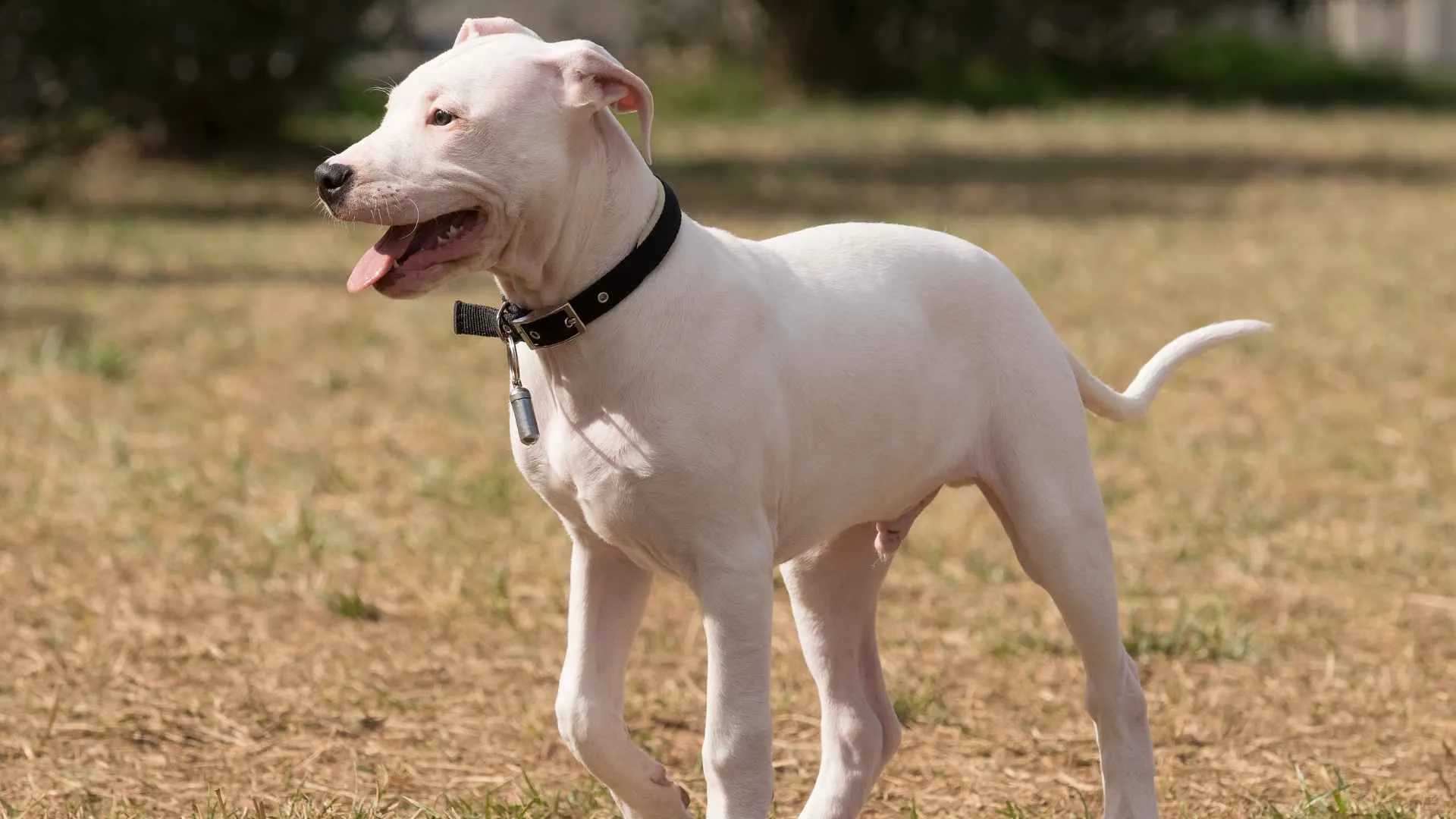
This breed stays composed in tense environments, often observing quietly before deciding how to respond. Hunters appreciated its steady temperament during long tracking hours in rugged terrain. That same mental control helps it stay alert without overreacting to normal movement or noise.
Strong Frame, Quick Reflexes
With a broad chest and muscular legs, the Dogo Argentino moves with surprising agility for its size, as mentioned in Showsight Magazine. Its white coat isn’t just aesthetic—it helped hunters distinguish the dog from prey in the field. Its build favors speed, endurance, and precision, all essential for reactive guarding.
Pack-Bonded Guardianship
Despite its powerful frame, the Dogo Argentino is deeply loyal and thrives when treated as part of a close-knit unit. When properly socialized, they become loving companions who watch over their household without being overly dependent. Their protective instinct grows through shared routine.
Requires Firm Guidance
Structured obedience training is crucial early on to keep their intelligence from turning into stubbornness. When raised with clear direction, they become naturally vigilant protectors who act with purpose. Their alertness becomes focused through leadership and consistency.
9. Boerboel
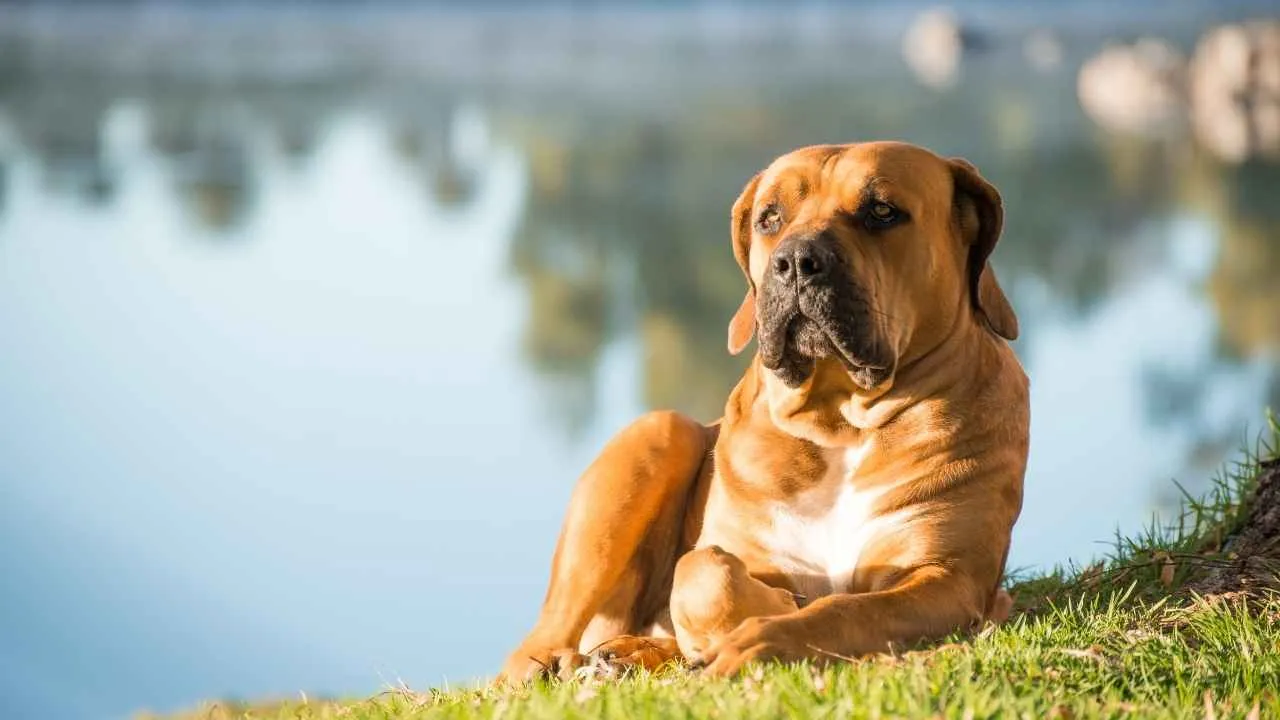
The Boerboel’s stance alone signals assurance — its wide chest, solid frame, and steady gaze can hold ground without motion. Bred in South Africa to protect homesteads, its alert nature hasn’t dulled over generations, as stated in Orvis. It doesn’t seek attention, but it notices everything.
Emotionally In-Tune Guardian
This breed has a grounded temperament, staying close to its pack and forming deep bonds with family members. Its awareness isn’t loud, but it reads body language and unfamiliar energy quickly. That emotional reading sharpens its protective decisions.
Respect Earned Through Structure
For a Boerboel to become well-mannered, leadership must be present early on. Obedience builds when there’s mutual clarity and consistent training that matches its sharp instincts. Confidence rises when the dog knows who’s guiding it.
Focused and Capable Learner
Though large, this breed is highly trainable with task-based routines that keep its mind engaged. It responds best to direction when trust has been established, not just commands. Motivation often comes from responsibility, not praise.
Conclusion
The strongest protectors often speak the least. These breeds don’t show off. They observe, understand, and stand ready. Built for loyalty and clarity, they carry natural protective instincts that sharpen with purpose.
Each one is an intelligent dog with the ability to read both space and intent. For homes seeking structure and calm, they’re ideal. With early exposure, they manage other pets respectfully and avoid aggressive behavior when grounded in routine.
These large dogs don’t just deter—they reassure. What sets them apart isn’t just posture or muscle, but presence. They’re not noise makers. They’re guardians in motion.


